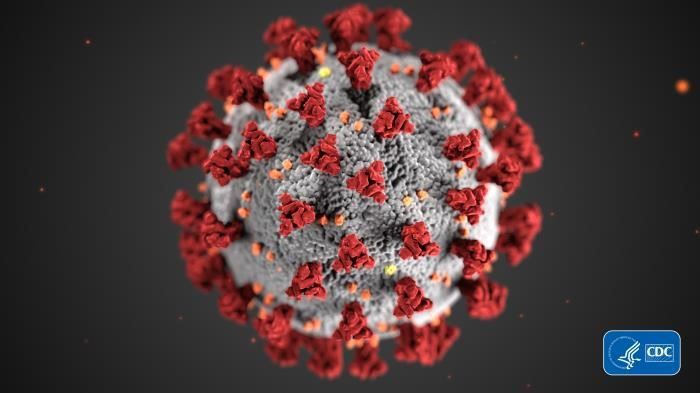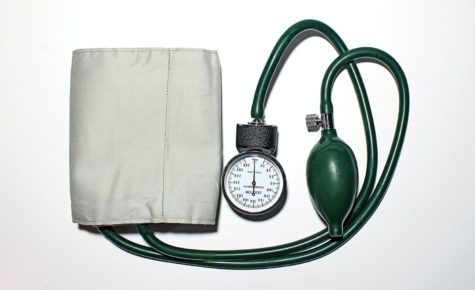Editorial: COVID-19 transmission in children
The ISD Editorial Board examines COVID-19 transmission in children, encouraging others to maintain safety guidelines as the school year approaches.
July 29, 2020
The start of the semester is approaching, schools are busy rendering plans for the upcoming tribulation of hundreds to thousands of students returning to a small area radius and one question remains: how fast does the virus transmit in children, and how does their immunity system adapt to it?
Children of all ages have the chance to get the disease. When it concerns common respiratory diseases, very small children are severely affected. But the coronavirus (SARS-CoV-2) finds the opposite. Understandably, many adults are still nervous about how their kid will respond to the virus. So, let’s dig deeper.
According to the U.S. Centers for Disease Control and Prevention (CDC), of among nearly 150,000 cases of COVID-19 between Feb. 12 and April 2, only about 2,500, or 1.7 percent, were in children. But, it was also found that children of any age who have diseases such as Type 1 diabetes have a higher risk of serious illness if in contact with COVID-19. This is a real concern.
However, the COVID‐19 virus appears to be less common in children than adults. Some researchers suggest the low spread in children is due to their antibodies. During the school year, it is well known kids contract illness and inevitably pass it to the adults. Since children often catch the common cold more frequently than adults, it is predicted they have an antibody that gives them some sort of immunity to COVID-19.
According to a new study conducted by London School of Hygiene & Tropical Medicine on age-dependent effects in the transmission and control of COVID-19 epidemics, it demonstrates the ability to get the infection in individuals under 20 years of age is approximately half that of adults aged over 20 years.
According to the CDC data, the average age of children with COVID-19 is 11 years old, but it can affect kids of any age. Additionally, over half of cases in children (57 percent) are boys.
Some experts also believe children are the epicenter for spreading the virus. It has been found that in some children after the antibody test, even if they were asymptomatic, results deem a positive result for contracting COVID-19. These children were carriers.
In Israel, the number of new cases has risen from 50 per day to 1,500 per day after schools reopened. Just because the number of infected children is less, we still don’t know whether it is due to insufficient testing or whether they actually don’t transmit the virus.
Even though we still don’t know if kids are catalysts for transmission or not, for schools who plan to reopen this fall, it is everyone’s responsibility to follow the appropriate health guidelines. All of us should wear a mask and help the community to prevent the transmission of the virus. It is also the responsibility of the school to have safety precautions for kids during their lunch time or play time.
We still don’t have a vaccine for COVID-19, so we all should be responsible citizens and help each other to get back to normalcy.
The ISD Editorial Board encompasses a variety of students across campus, voicing opinions on issues relevant to the community and campus.

















